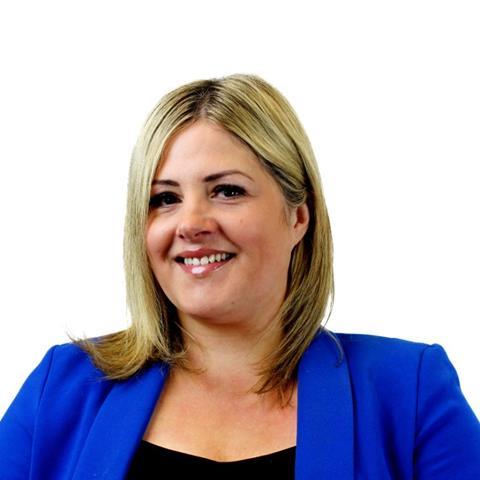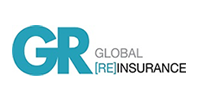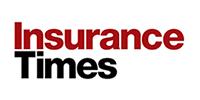In a re/insurance market defined by underwriting cycles, evolving risks and technological transformation, Laura Freeman, Apollo’s head of exposure management, has a unique vantage point.
As head of exposure management for Apollo’s Lloyd’s market operations, Freeman’s remit spans Apollo’s core syndicates and a broader managing agency platform, placing her at an intersection of London market innovation and risk governance.

Freeman (pictured) leads exposure management for Apollo’s Syndicates 1969 and 1971 as well as for its managing agency, overseeing exposure frameworks not only for Apollo’s own underwriting but also for multiple managing general agents (MGAs) it supports.
That dual perspective, she says, offers a rare view across different insurance specialisms, particularly in newer or less traditional lines.
Different hats
“I get visibility over lots of different things,” Freeman says. “We obviously have our core syndicates – the innovation Syndicate 1971 is completely different to 1969 – and then the other syndicates we’re managing are more specialised.”
This breadth means she’s embedded in some of the market’s most topical risk classes.
“Cyber is a good example. One of our syndicates is Envelop Risk, and they’re cyber experts,” she says.
“My role there is to understand what they’re doing to manage that and help them with that knowledge framework, rather than creating the framework with them.”
That’s distinct from Apollo’s core syndicates, where Freeman’s team designs and implements a full exposure management framework.
“The role, it’s actually very unique,” she says. “I don’t know many other syndicates that have that mix—your own syndicate and also being a managing agency at the same time.”
She adds: “It makes it really fun, wearing different hats.”
Data gaps and tech upgrades
The exposure management landscape has undergone profound changes in recent years, not least because of evolving tech platforms and modelling capabilities.
Freeman notes that Apollo was “one of the first adopters” of the latest version of Moody’s RMS platform.
“Model vendors have upgraded platforms, and with APIs and integrated workflows now available, our capabilities to manage exposure has changed significantly,” she explains.
Freeman is clear that models are tools, not gospel. “We use a lot of our own view, providing flexibility. We don’t just take an out-of-the-box model view,” she says. “We want to make sure we’re managing our risk appropriately, and we’re constantly looking into the tech that’s available to do that.”
New threats, such as extreme weather and wildfires or large-scale cyber attacks, serve as moments of reflection.
“It makes you sit back and review what you’re doing today and ask, ‘Do we need to adapt? Were we on point with our previous recommendations?’”
Framework first
Despite a broad market tendency to respond to re/insurance cycles – hardening rates or shifting appetites – Freeman says her approach is less tied to the mood of the market.
“For me, it doesn’t really change with the market cycle; we look at things on a normal basis,” she says.
Instead, her priority is a consistent, adaptable framework that can flex with different perils and data qualities.
“I’ve been doing exposure management for 25 years,” she says. “It used to be just people looking at property and not even touching liability. Now it’s liability, it’s cyber—it’s grown in terms of the breadth of types of risk we’re looking at.”
That diversification presents challenges in terms of data granularity and model maturity.
“Things are more challenging from a data perspective. Cyber and liability, for example—the granularity just isn’t there in the way it is for traditional property catastrophe risk.
“You’ve got rich data sources in property that have been developed for years. That limits the analytics, so we have to be clear about the uncertainty,” she says.
Still, she believes a robust framework should transcend lines of business.
“I wouldn’t pick on lines for being more or less risky,” Freeman says. “Your overall framework should be consistent; it’s just a different management style and a different way of reviewing them.”










No comments yet